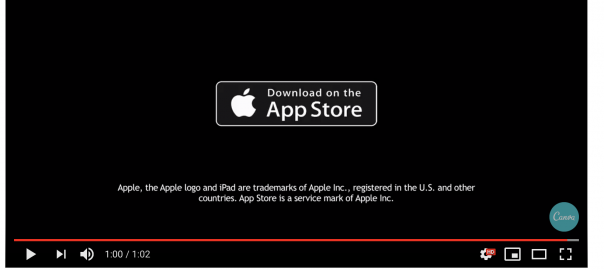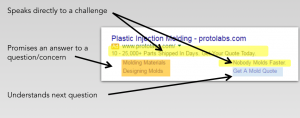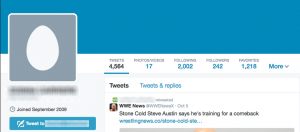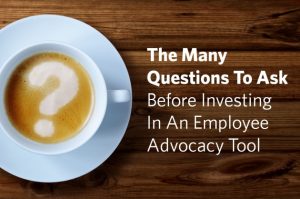— September 10, 2019
Think fast: you’re going to create a branded video.
What will it be about? What do you want it to accomplish? Who will be featured in it, and what niche in your audience are you hoping will see it?
When faced with these questions, brands typically try to answer them all at once with an overly simplified and nearly impossible solution: everything and everyone. They want it to appeal to their whole audience, to have every great feature and selling point for their business and tell the full brand history.
This isn’t possible to do well. Even if you can manage to fit all that into a video, it would be entirely too long and disjointed to have a hope of high completion rates, let alone being successful at accomplishing whatever goals you set out to tackle.
1. Choose Your Message (And Your Goal) Up Front
The video creation process starts long before you (or the team you hire) ever picks up that camera. Careful planning is essential to ensure that you’re on the right track.
First, decide what goal you want to accomplish with your video. Do you want to drive immediate sales, or establish general brand awareness and familiarity? This is important, because you can only choose one goal to optimize for in each video.
Once you do this, you can decide on a message and a strategy. You may find that telling the story of the brand’s CEO, for example, is excellent for brand awareness, while a live video tutorial with an influencer using your product is better for sales.
Consider the following two videos from Orgain. The first is great for brand awareness, while the second would be more likely to drive sales.
Choose your message and story for each video to align with your goal, and remember that you can only optimize for one. If you have multiple goals or multiple messages, you’ll need to divide them up into individual videos in a series.
2. Incorporate Visual Branding
Visual branding is quite literally text and design overlay that features either your brand name, your brand logo, or both. You can feature these at the beginning of the video, have them in the bottom corner throughout the duration of the content, and/or make sure to feature it on the outro screen (which we’ll be looking at in a second).
It’s also important to use subtitles to establish context around your brand. An example is using them to introduce an employee of your company and their title, like “J.K. Rowling, Author of Harry Potter” to ensure that everyone is on the same page. It also positions your brand front and center again.
3. Start Off Answering The “Why”
If you don’t get users’ attention within the first three seconds or less of your video, there’s a good chance you’ll lose them all together. In order to really grab them, it’s good to start your video with a strong “why.” Why users should care enough to watch your video, why they should watch all the way through, why they should care about your message and why they should take whatever action you’re encouraging them to take.
This often takes the form of a hook, telling users why the video’s content matters to them. Emotions are often important here, and you need to find away to explain why the video’s content is relevant to your target audience. The video below has a simple one: “The next evolution of marketers is here, so we need to not mess it up.” It’s to the point and interesting, and tells people why.
This why needs to tie in with your video’s overall purpose, and it will be closely related to your story, which bring us to our next section…
4. Tell An Engaging, Meaningful Story
Stories are so powerful because they give people something to remember and something to connect to. They work exceptionally well for videos, too, which are dynamic and naturally work well with conveying emotion.
Choose a simple story to feature in your video. It can be a real story, or a hypothetical. Whether you’re telling the story of how your brand was founded or you’re just sharing customer stories about how you’ve helped them, having distinct personas who are being helped or affected by the brand in some way is important.
All of the videos we’ve shared so far use some elements of storytelling, but if you want another example, this is a good one:
5. Keep It Simple
Short and sweet is key when it comes to branding videos, because unless someone sits down on Netflix or YouTube, they’re typically not in the mood for a full documentary. Shorter videos (ideally a minute or under, but no more than two minutes) are the way to go if you want to make a big impression quickly while increasing the likelihood of maintaining view completion rates.
Remember that you want users to get all the way through your video. Not only will this help them get the full impact of the message and the story you’re telling, but it also gets them to your outro screen, which will give them next steps.
A minute goes by quickly, but there’s also a lot you can add into sixty seconds to make a big impact. The following video is a great example, using details to connect with the target audience but only as it pertains to the bigger message:
6. Prioritize Consistency In Video Campaigns
If you’re creating just a single branded video, consistency isn’t really something you need to think about as long as the video feels balanced and complete. If you’re creating a video series, on the other hand, consistency is a lot more important. You want people to see your videos and recognize the style, format, and general message, because it will make the overall campaign much more impactful as a result.
It’s typically a good call to have a similar intro and/or outro in your videos, opt for similar video lengths, and go for the same general tone. You can see how the furniture store Burrow did this in our recent case study.
Looking for new ways to create cohesive video campaigns? Shakr ONBRAND can help, giving you custom-made-for-you video templates that will allow your campaigns to scale quickly. Learn more here.
7. Finish Strong with a CTA
Your video should absolutely always end with an outro screen that features your brand name, logo, and a solid CTA that motivates users to take action. Ideally, it should also include a URL where users can take said action or learn more.
There’s a reason all of Shakr’s video templates end with these outro screens. They’ll significantly improve the likelihood that users convert. It’s the difference between seeing a cute video about a stray dog being rescued and ending with “awww!” and one that says “Help more dogs like Fido by donating here!” One will drive actions, the other just yields missed opportunities.
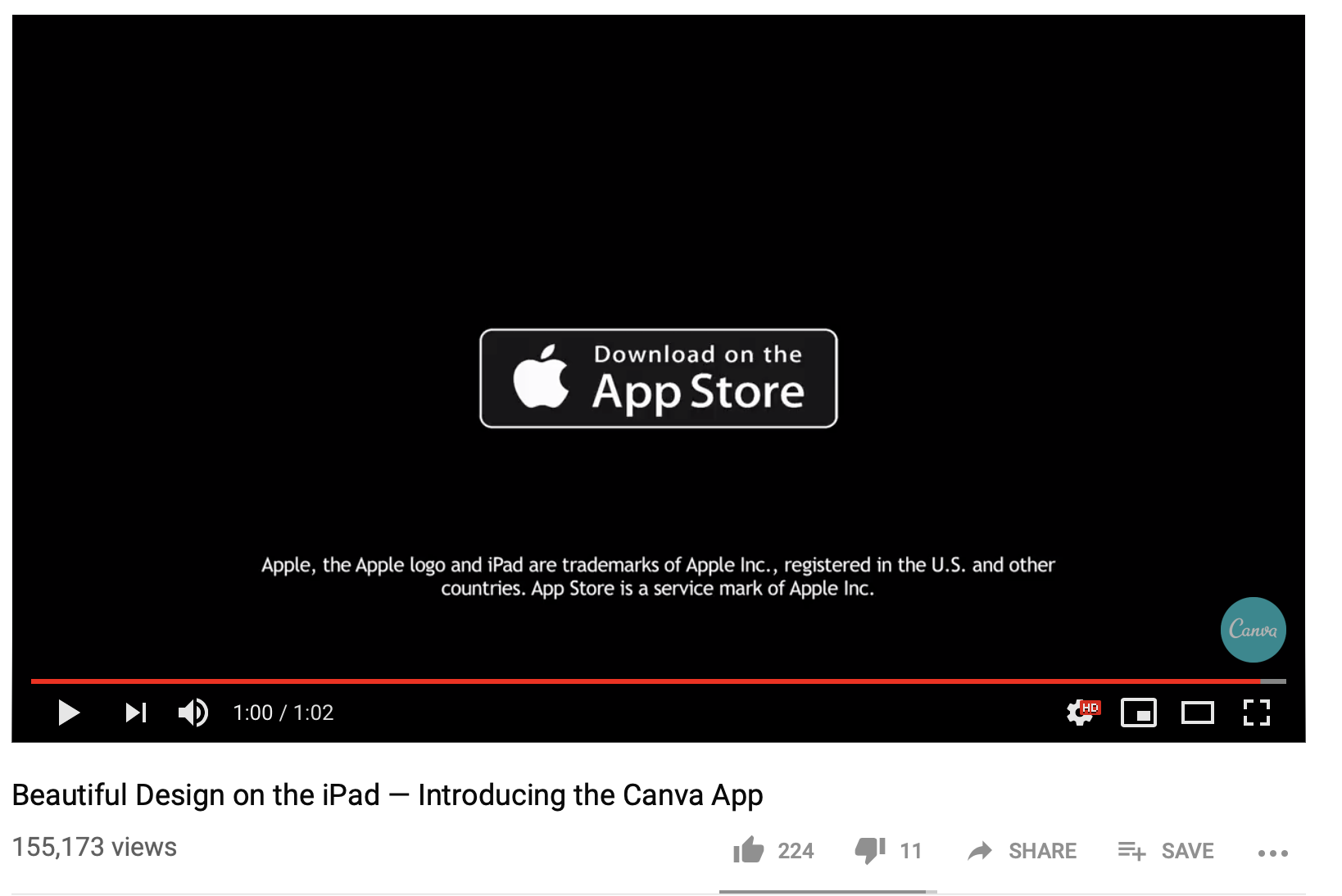
8. Have a Strong Promotion Plan
At this point, the video is complete. That doesn’t mean your job is done, however.
If you want your video to reach its maximum potential (and as many audience members as possible), you need to have a strong promotion plan in place.
Promotion and distribution options include:
- Uploading it to each individual social media platform natively. Native videos get higher priority in the algorithms as opposed to YouTube links being shared, and they’ll allow your videos to live permanently in the video gallery for maximum visibility long-term.
- Embed the video somewhere on your site if appropriate, or at least in relevant blog posts.
- Share the video every so often to attract new viewers. When relevant, use hashtags designed to expand reach.
- Ask influencers, peers, or even your followers to share your video. The more they share it, the more people you’ll be able to reach, getting unique impressions.
- Consider PPC options. Use your video in YouTube Ads, Google Display Ads, or Facebook Ads to show your video to users who aren’t yet connected with you and hopefully to continue to attract new users to your content for further brand awareness.
Conclusion
Branded videos can accomplish so much, but only if they’re well-developed and created with a strategy in mind. Make sure you’re following all 8 steps on our checklist, or your video campaign will lose momentum somewhere along the way, which is the last thing we want for you.
Digital & Social Articles on Business 2 Community
(35)
Report Post